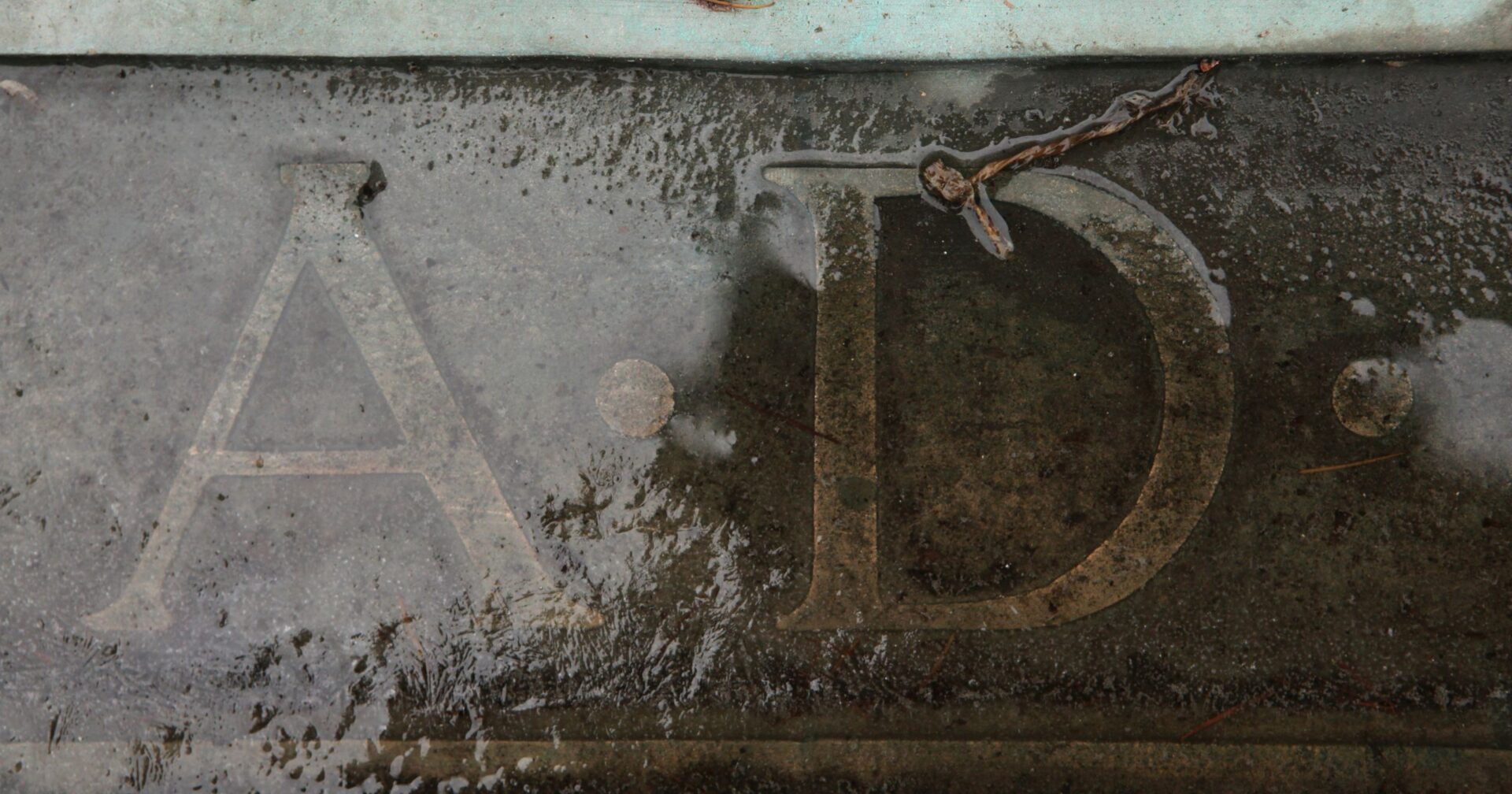Today, we use the BC and AD system of chronology to label years: BC meaning before Christ, and AD meaning anno Domini, a shortened version of the Latin anno Domini nostri Jesu Christi meaning in the year of our Lord Jesus Christ. Do you know why?
The answer lies nearly 1,500 years ago, when Dionysius the Humble, a Scythian monk, was charged by Pope Saint John I with the task of determining the correct date of Easter.
Dionysius produced an Easter table with the dates of Easter for the years 526-626 using an Easter table for the years 437-531 made by Cyril of Alexandria, who himself made an Easter table using one made by Theophilus of Alexandria around 390.
Before Dionysius’ Easter table, the Church of Alexandria used the anno martyrum, the year of the martyrs, system of chronology to label years. It was also known as anno Diocletiani, referring to the Roman emperor Diocletian who instigated the last large scale persecution of Christians.
When Dionysius made his Easter table, not wishing to continue the memory of a tyrant who persecuted Christians, he simply said – in passing – that the “present year” was “the consulship of Probus Junior” (years were identified by which Roman consul held office that year) which was 525 years “since the incarnation of our Lord Jesus Christ.”
In column A of his table, he started using “anno Domini” instead of the previous Alexandrian method of “anno Diocletiani.”
Despite Dionysius groundbreaking declaration of the anno Domini era, it was until nearly 200 years later that it would start to be adopted as the standard system of chronology for labeling years.
Saint Bede, familiar with the work of Dionysius, used anno Domini dating in his Ecclesiastical History of the English People in 731 AD. From there, AD was adopted in England (seen in Saxon charters during the 8th century) and Italy. In Gaul, it was adopted in the 8th century, and by 1000 AD was in general use across Europe. Popes still dated documents using regnal years for some time, but gradually AD was adopted from the 11th to 14th century. By 1422, Portugal became the last Western European country to switch to the AD dating.
BC, Before Christ, came about much later, despite Saint Bede using anno ante incarnationem Dominicam, “in the year before the incarnation of the Lord,” twice. In 1627, French Jesuit theologian Dionysius Petavius popularized the usage of ante Christum, “Before Christ” to mark years prior to AD with his work De doctrina temporum.
Photo credit: Vladimir Wrangel / Shutterstock

















